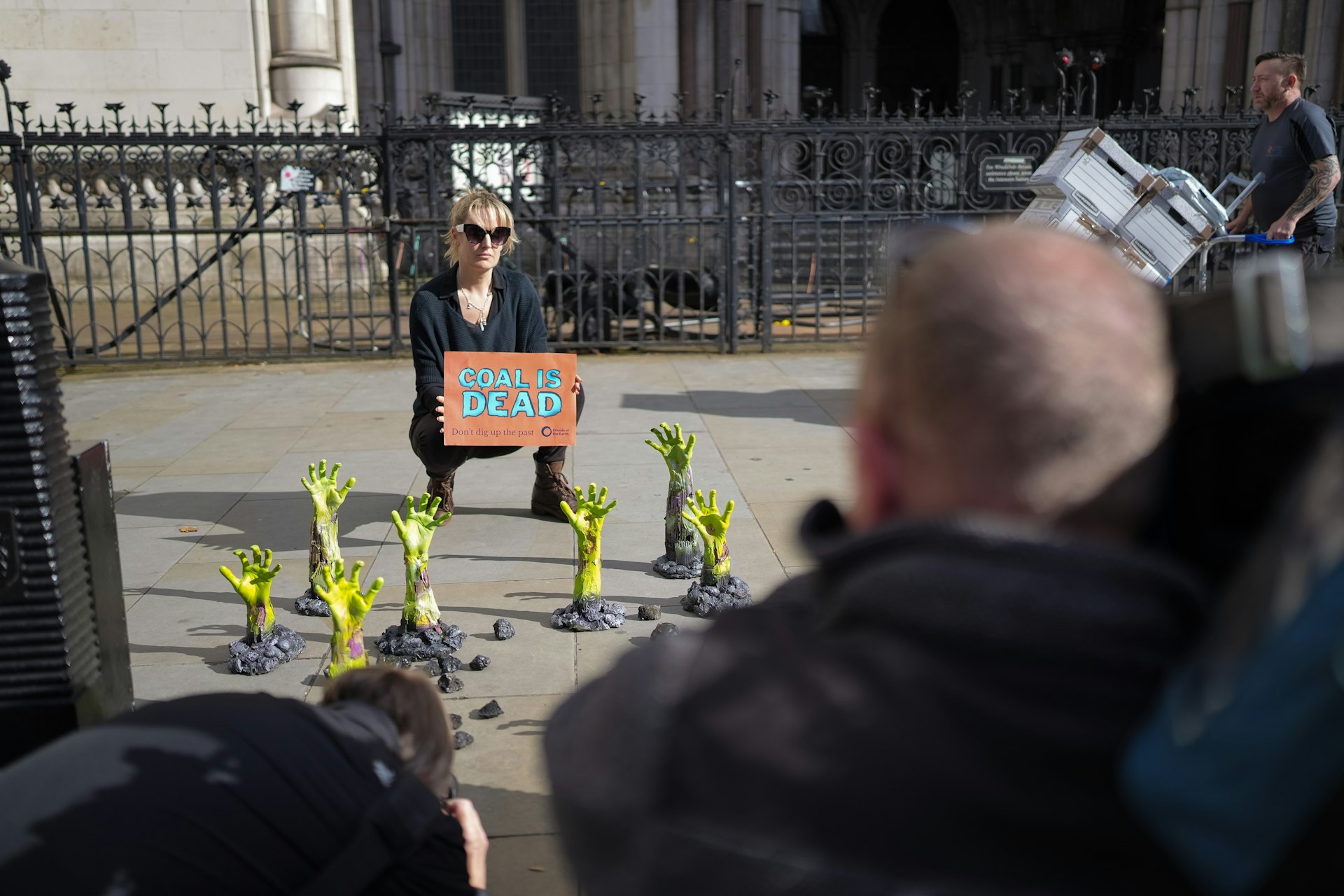Gordon Parks’ luminous photos of Black American life

Gordon Parks (1912–2006) was a singular figure in the 20th century, transcending every boundary erected against Black America to become one of the greatest artists of our times. The self-taught photographer, who barely escaped lynching as a child and ended up homeless as a young teen, used the injustice levelled against him as fuel to chart his own path through the mainstream in order to tell stories of Black America from the inside.
As the first Black photographer working for LIFE magazine, Parks’ photographs of segregation in the South, pictures made in his hometown of Fort Scott, Kansas, scenes of crime in major cities in the 1950s, and documentation of the Civil Rights Movement have become some of the most indelible images of mid-century America.
The new exhibition, Gordon Parks: Half and the Whole, offers an intimate portrait of the complex realities for Black Americans between 1942 and the 1970s. The exhibition opens with an essay by New Yorker journalist Jelani Cobb, drawing parallels between the lives of George Floyd and Gordon Parks, both of whom moved to Minneapolis, Minnesota, in search of a better life.

Untitled, New York, 1963

Department Store, Mobile, Alabama, 1956
Parks, the youngest child of 15, moved to the city in 1928 after his mother’s death; Floyd arrived nearly a century later, in 2014, to rebuild his life after serving time – only to be killed by Police Officer Derek Chauvin in a moment captured on video that launched the biggest Civil Rights protests in the history of the world.
“The great tragedy and beauty of Gordon Parks is that his work continues to resonate so much today: he captured the zeitgeist of his time, including many issues we still face,” says gallerist Jack Shainman.
The parallels between the past and the present are evident throughout much of Parks’ work, though perhaps not quite so clearly stated as in a 1963 photograph where a Black man holds a protest sign bearing the words, “WE ARE LIVING IN A POLICE STATE.”
Despite the trauma Black people have endured in the United States, Parks understood the story of Black America could not be told unless one embraced tender moments of beauty, peace, and bliss as evidence of the triumph of spirit over the forces of destruction.

Untitled, Mobile, Alabama, 1956

Untitled (Malcolm X) Harlem, New York, 1963
“Always, there is a glimpse of the joy that perseveres even in the most hostile circumstances, the glint of light peering through foreboding clouds,” Cobb writes in his essay.
Parks understood survival required more than just struggle: it necessitates the pleasures of family, friends, and being one with nature itself. In his photographs made in Shady Grove, Alabama, in 1956, Parks offers tender moments of daily life; poignant mediations on the quiet dignity human life.
“The images in this exhibition show more than just half the story, encompassing not just the struggles but the everyday lives of his subjects,” Shainman says. “In his photographs, we see injustices, but also moments of play, love, learning, and pleasure. Gordon’s keen eye captured the whole story, which is evident throughout our show.”

Untitled, Harlem, New York, 1963

Untitled, ca. 1946

Watering Hole, Fort Scott, Kansas, 1963

Outside Looking In, Mobile, Alabama, 1956

Untitled, Chicago, Illinois, 1957

Untitled, Harlem, New York, 1963
Gordon Parks: Half and the Whole is on view at Jack Shainman Gallery in New York through February 20, 2021.
Follow Miss Rosen on Twitter.
Enjoyed this article? Like Huck on Facebook or follow us on Twitter.
Latest on Huck

Autism cannot be cured — stop trying
A questionable study into the ‘reversal’ of autism does nothing but reinforce damaging stereotypes and harm, argues autistic author Jodie Hare.
Written by: Jodie Hare

Bristol Photo Festival returns for second edition
After the success of it’s inaugural run, the festival returns this autumn with exhibitions, education and community programmes exploring a world in constant motion through still image.
Written by: Ben Smoke

Documenting the life of a New York gang leader paralysed by gun violence
New photobook ‘Say Less’ is a complex yet humanising look into a life wrecked by gun violence and organised crime.
Written by: Isaac Muk

The woman who defined 80s Hip Hop photography
A new exhibition brings together Janette Beckman’s visionary and boundary pushing images of an era of cultural change and moral panic.
Written by: Miss Rosen

In photos: the dogs of Dogtown
A new photobook documents Venice Beach’s four legged friends and their colourful cast of owners.
Written by: Isaac Muk

Inside the battle to stop coal
As the legal challenge against Britain’s first deep coal mine in 30 years reaches the High court, we talk to activists at the centre of the fight to stop it.
Written by: Ben Smoke